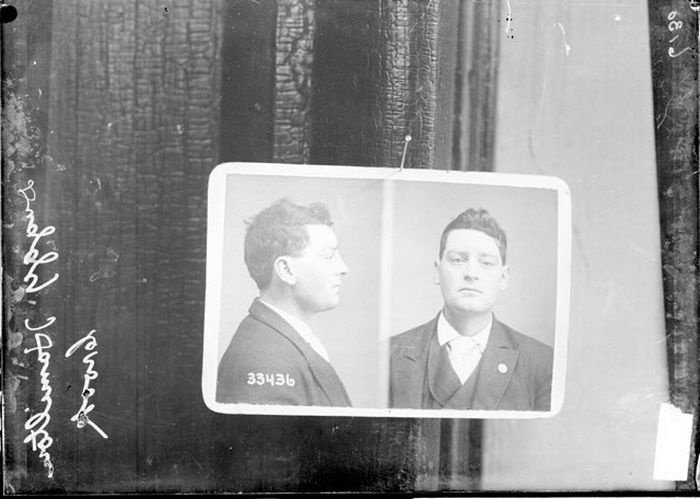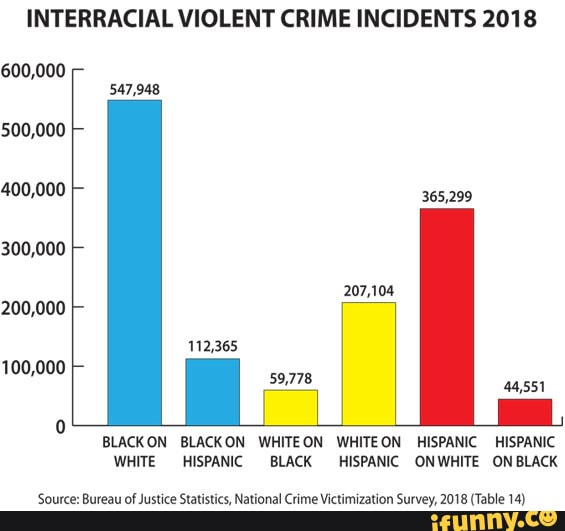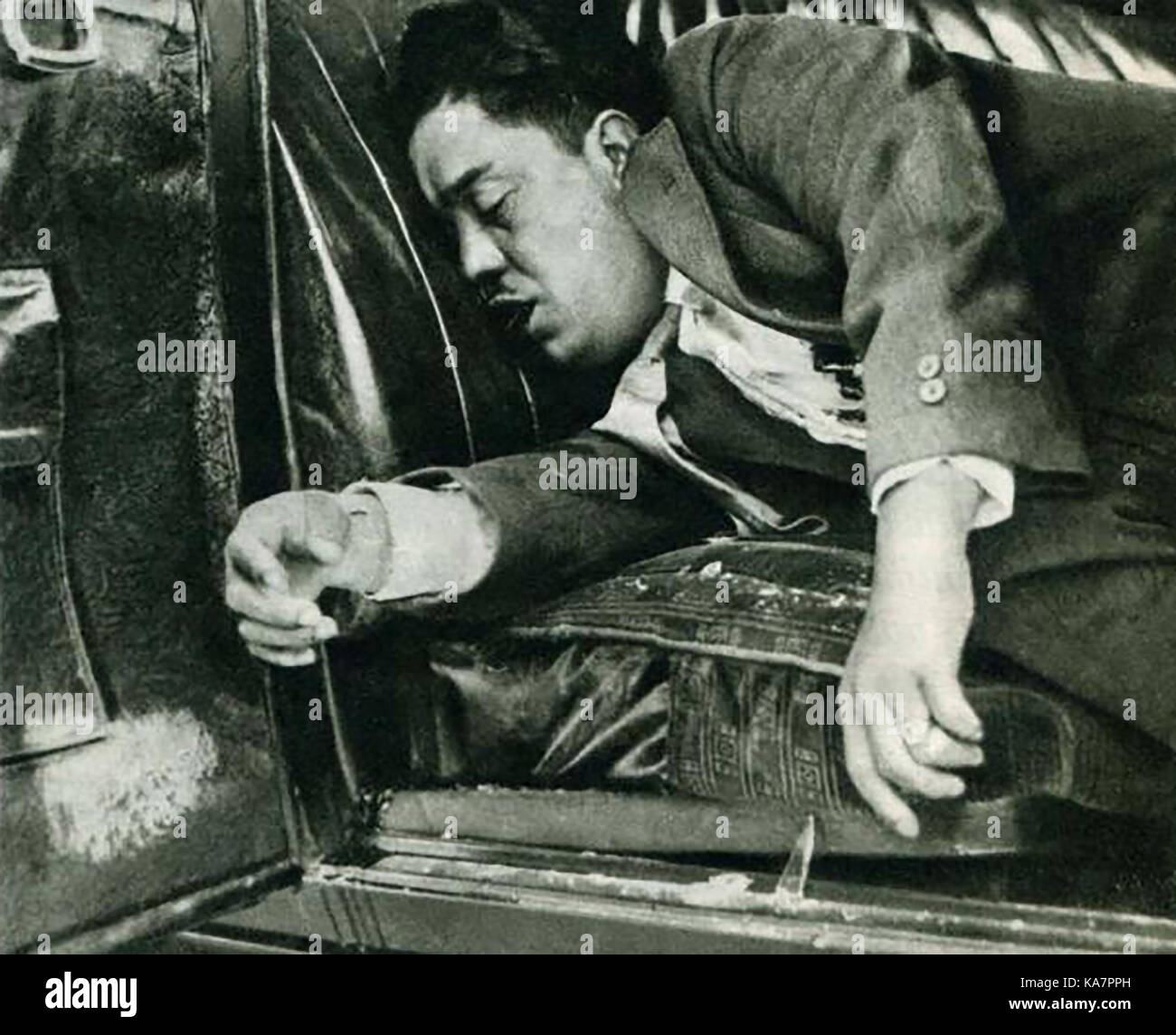
These changes in the lives of African Americans did not occur continuously and steadily throughout the twentieth century.

School attendance in 1990 refers to attendance since February 1 of that year. School attendance in 1900 refers to attendance at any time in the previous year. Occupational distributions based on individuals aged 18 to 64 with recorded occupation.
WHITE ON BLACK CRIME IN CHICAGO 1930 SERIES
Table 2: Characteristics of Individuals in 19īased on Integrated Public Use Microdata Series Census samples for 19. Table 1: Characteristics of Households in 19īased on household heads in Integrated Public Use Microdata Series Census samples for 19. Even after this century of change, though, African Americans were still relatively disadvantaged in terms of education, labor market success, and home ownership. They were nearly twice as likely to own their own homes at the end of the century as in 1900, and their rates of school attendance at all ages had risen sharply. They had become much less concentrated in the South, in rural places, and in farming jobs and had entered better blue-collar jobs and the white-collar sector.


Children in these families were unlikely to be in school even at very young ages.īy 1990 (the most recent Census for which such statistics are available at the time of this writing), the economic conditions of African Americans had changed dramatically (see Tables 1 and 2). So the members of a typical African American family at the start of the twentieth century lived and worked on a farm in the South and did not own their home. Most black children had not attended school in the year before the Census, and white children were much more likely to have attended. Outside of farm work, African American men and women were greatly concentrated in unskilled labor and service jobs. About half of black men and about thirty-five percent of black women who reported an occupation to the Census said that they worked as a farmer or a farm laborer, as opposed to about one-third of white men and about eight percent of white women. Only about one-fifth of African American household heads owned their own homes (less than half the percentage among whites). Three-quarters of black households were located in rural places. (The 1900 Census did not record information on years of schooling or on income, so these important variables are left out of these tables, though they will be examined below.) According to the Census, ninety percent of African Americans still lived in the Southern US in 1900 - roughly the same percentage as lived in the South in 1870.

Tables 1 and 2 present characteristics of black and white Americans in 1900, as recorded in the Census for that year. Despite these dramatic developments, many economic and demographic characteristics of African Americans at the end of the nineteenth century were not that different from what they had been in the mid-1800s.
WHITE ON BLACK CRIME IN CHICAGO 1930 FULL
Blacks were freed from slavery and began to enjoy greater rights as citizens (though full recognition of their rights remained a long way off). The nineteenth century was a time of radical transformation in the political and legal status of African Americans. African Americans in the Twentieth Century


 0 kommentar(er)
0 kommentar(er)
